Eight-step detailed explanation of culture and cultivation methods of orchids
Many friends like potted orchids. I am also a person who likes to raise orchids. I have also found a lot about the cultivation methods of orchids, the most detailed of which are these eight steps. Hope to communicate and discuss more practical methods with friends who like to raise orchids.
Divide the basin
After the basin is full, the basin is divided, usually once every 2-3 years, from March to early April (Qiulan), or from October to mid-November (Chardonnay orchid, Chunlan). When dividing the basin, the basin soil should be drier. If it is wet mud, it is inconvenient to operate, and it is easy to break and hurt the root. After the mother plant is turned out, gently remove the mud, wipe according to the natural plant, trim the abortive roots and leaves, and be careful not to touch the leaf buds and fleshy roots. Then wash the root with clean water, put it in the shade, and wait for the root color to be white and dry before it can be split on the basin. If the weather is getting wet, you must first be exposed to the sun for about 10 minutes, which is beneficial to the growth of orchids.
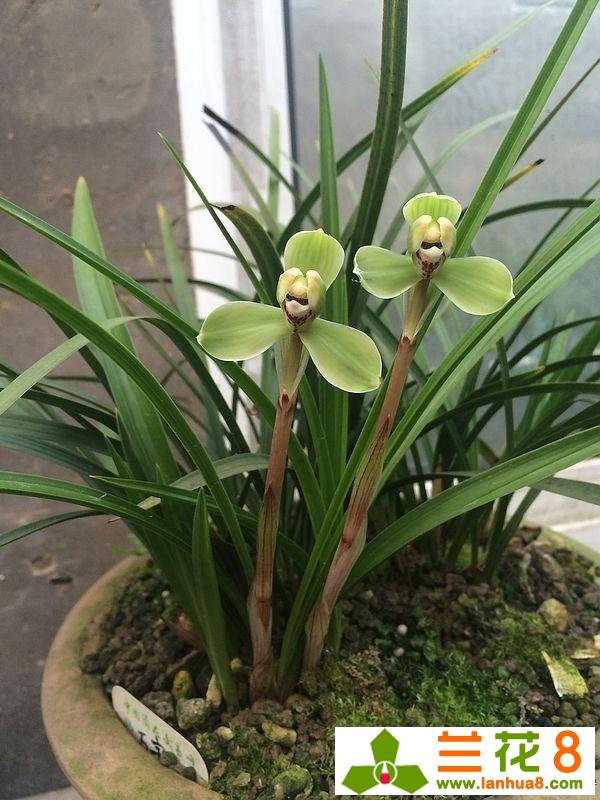
Upper basin
Flowerpots with small mouth, deep pot, large bottom hole is better. Wild seedlings newly dug up from the mountains must be planted in tile basins and can only be replaced into purple sand basins or porcelain basins after 2 or 3 years. First, cover the hole at the bottom of the basin with clam shells, brown slices, etc., and add coarse sand, cinder and charcoal to form steamed bread, accounting for about 1x3. The thickness of the culture soil is about 3cm to 5cm. There is usually no base fertilizer. Then put the orchid into the basin, arrange the roots densely, add the mixed fine soil to 2cm away from the basin, lift the orchid plant slightly, and the height is flush with the soil surface at the top of the pseudobulb, not too shallow or too deep. Gently press the basin soil so that the soil is in close contact with the root, and then use your fingers to compact around the basin so as not to cause voids when watering. If the top layer is coated with a layer of moss or broken tiles, watering is not easy to cause hardening and can reduce water evaporation. The first watering uses the sitting basin method to make the basin absorb enough water. Finally, put the pot orchid in the shade for about half a month to 1 month. Watering should be controlled during this period and should not be too wet. Later, it will be placed in half-shade and half-sun, ventilated and breathable, so that it can shine on the sun in the morning. The basin platform should be about 1 meter high and should not be placed on the platform to prevent ants and earthworms from entering through the basin bottom hole, affecting the growth of orchids. The cultivated soil can be mixed with the first layer of hillside soil on the mountain, or mixed with fine sand and loam with humus compost at 3:7. The cultivated soil should be screened and disinfected before being used.
Fertilizer application
It is impossible to do without giving, and it is even more difficult to give more and more. If the new orchid goes to the pot, the pot soil is too fat to survive, and even if it can survive, it rarely blossoms. If the summer fertilizer is too much, the autumn leaves are flourishing, which often leads to poor flowering of the leaves in the next spring. If there is too little autumn fertilizer, it will affect the formation of underground flower buds at the turn of autumn and winter. If the usual nitrogen fertilizer is too much, the leaves are too fat, so that the growth of leaves and flowers are malnourished, there will be no flowering or less flowering phenomenon. Generally speaking, new leaf buds can be applied several times with a small amount of light fertilizer. The Spring Equinox, the Autumn Equinox and about 20 days after the flower fade are both more appropriate seasons. The best fertilization time is in the evening, and water is watered again in the next morning. Apply once every 2-3 weeks. At the same time, potassium dihydrogen phosphate was sprayed every 20 days to promote the blooming of pregnant buds. Depending on the leaf color fertilization, is a more appropriate way, the leaf is yellow and thin is lack of fertilizer, should be topdressing, black and leaf tip scorch is too much fertilizer, should stop fertilization. Fertilizer must be mature, can not be used without maturity, do not use human feces.
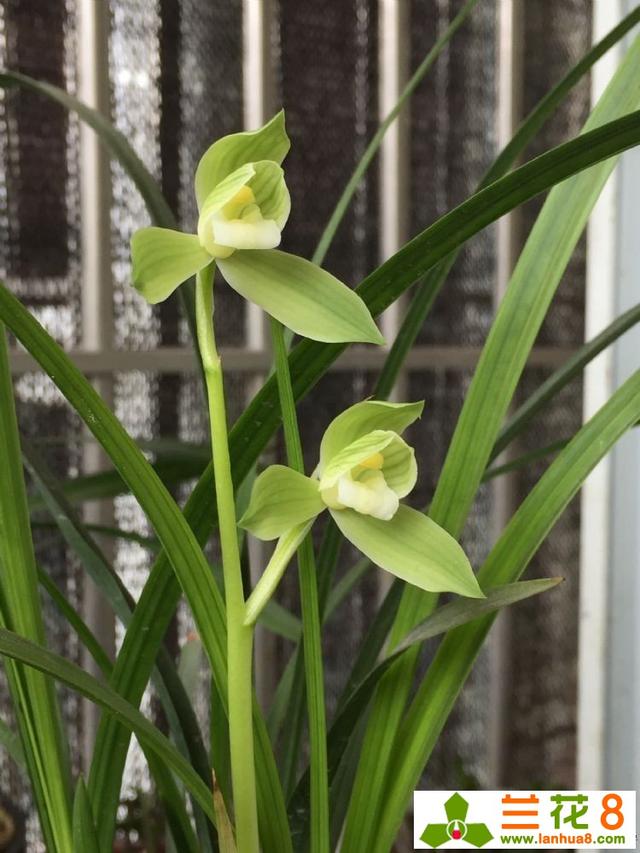
Watering
Practice has proved that orchids are eight-minute dry and two-part wet is the best, and less watering is needed in flowering and budding stages. During the rainy season, you should move back indoors or build a shed to cover the rain. Watering in the early morning or evening in summer should not be too much, and the amount of water in autumn can be increased appropriately. Spray every evening during the dry season. Spray upward, the fog point is fine and uniform, so that the leaf surface is moist, the ground is moist, and the air humidity is increased. Sometimes it is best to spray several times a day, watering should be watered from the edge of the basin, not on the head, not at noon. Although watering in winter can be greatly reduced, but it is not irrigated, be careful not to let the basin soil dry thoroughly, the early winter and spring and watering make the leaf sheath along the wet, to be moved into the room after drying, so as to avoid decay. In short, dry is poured, wet is stopped, appropriate partial dry as the principle. It is better to use Rain Water and spring water. All kinds of water should be taken and stored in the tank first, so that the pollutants in the water are precipitated, the water temperature is normal, and the chlorine in the tap water escapes, and then poured.
Light
Light is an important factor in the formation of flower buds. Although orchids like to be cool, they rarely blossom if they are kept in a hiding place all the year round. Orchids have long discovered that the leaves of Yinlan are long and the flowers are sparse, while the leaves of Cymbidium are short and have many flowers. Therefore, the cultivation of orchids must pay attention to the problem of light. In spring and summer, orchids are best shaded by Reed curtains, or placed in indoor windows that face east and south. Orchids under the curtain should be turned into pots once every semimonthly, so that orchids are exposed to light on all sides, which is beneficial to the balanced growth of plants. When it is cool in autumn, the pot orchid should be removed from the shade and let it bask in the sun for half a day in the morning, but pay attention to the autumn. Spend the winter under the indoor south window in cold weather, but it is not necessary to be too warm, it is best to cover with a plastic film cover to maintain proper humidity on the leaf surface. As for the prevention and control of diseases and insect pests, such as brown rust and white silk disease, 0.5% stone-sulfur mixture is used to treat. If there is an ant nest, the basin can be immersed in water to drive it.
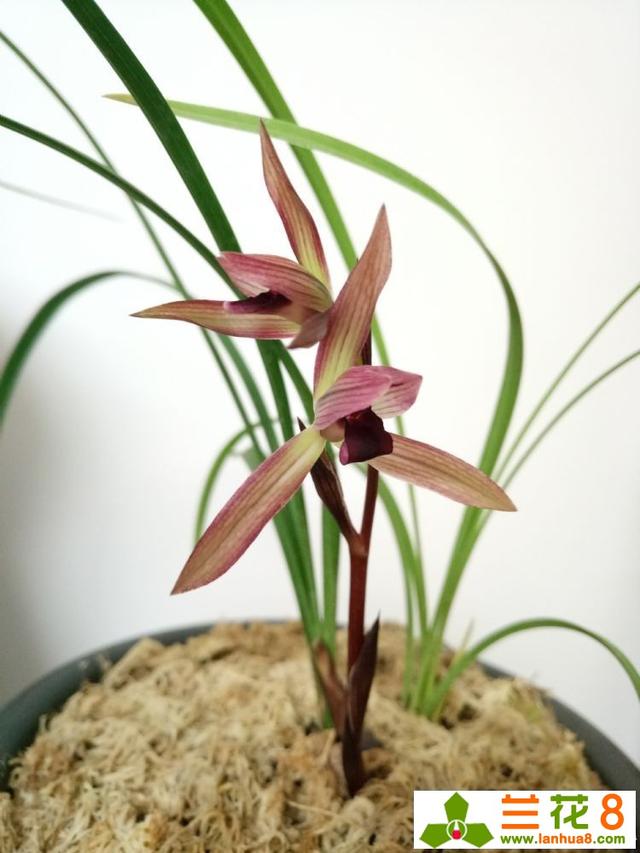
Place
The place where orchids are placed is very important, which directly affects the growth and development of orchids. Orchids are generally placed in the open field in spring, summer and autumn (shaded in the open field in summer) and indoors in winter. It is best to be open and moist outside. There should be plenty of light in the room, preferably facing south. In this way, it is beneficial for orchids to grow. The orchid basin had better be put on the wooden frame or table, not on the ground.
Shade
Orchids are mostly semi-negative plants, and most species are afraid of direct sunlight and need proper shade. Orchids can shine more sunshine to promote their growth in the first and middle of April. It should be properly shaded after late April. The varieties of erect leaves in Xialan and Qiulan had better be placed in the south of the shade so that they are properly exposed to more sunlight, while those with vertical leaves are better exposed to two hours of light every day. From June to September, you should cover the shade early every day. If you use Reed curtains, you can use dense curtains or two thin curtains. After October, the weather turns cool and the sun is weak, which can postpone shading, but we still need to pay attention to shading around noon.
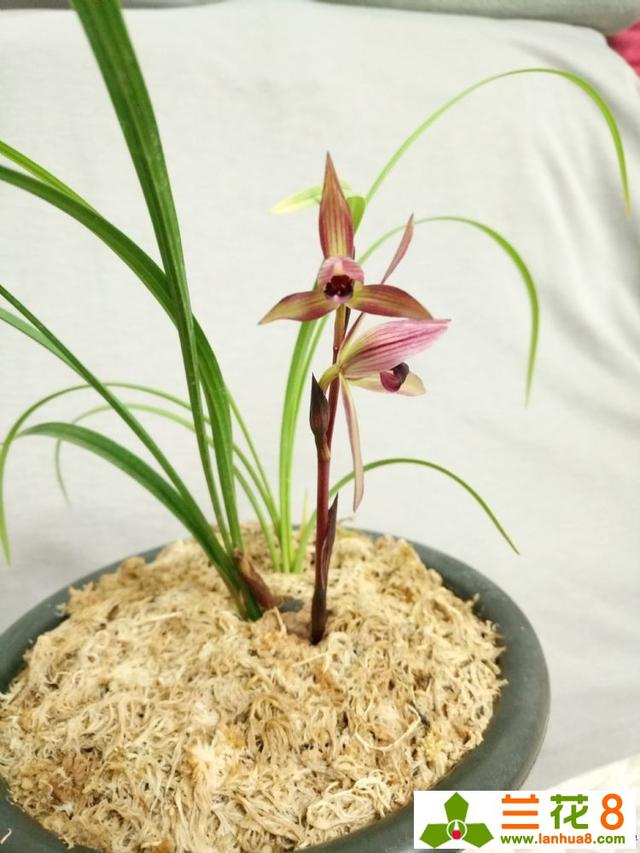
Rainproof
Orchids can be caught in light rain, but to avoid mildew, showers or continuous rain. In the mildew and rainy season, especially to do a good job of rain prevention. From late June to mid-September, there are frequent showers. If it rains for a short time and the rainfall is small, it should be watered more in the evening to discharge the hot air in the basin, otherwise the orchid will be damaged or even withered. If the sun comes out again after the shower, it should be shaded in time to avoid the rising heat on the ground affecting the growth of orchids. Rain Water's season coincides with the stage when orchids sprout leaf buds. If the pot soil is too warm, it will cause poor leaf bud growth or lead to diseases. At this time, you can sprinkle a small amount of plant ash to adjust the humidity of the basin soil. I will publish orchid knowledge and pictures every day, take you in-depth understanding of orchids, teach you to easily raise orchids, you can always ask me or leave a message below if you don't understand orchids. If my knowledge brings you help, I hope you can help me or forward it to help more people!
- Prev
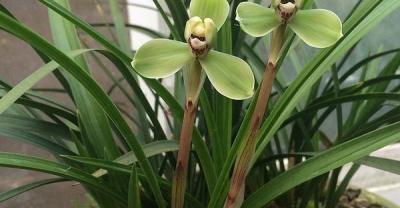
Some main cultivation techniques to be mastered in cultivating orchids
First, watering orchids should be dry rather than wet. According to the experience of florists, it is better for orchids to keep two parts wet. When watering, you should water from the edge of the basin, not orchid plants and orchid plants directly.
- Next

The method of taking Bee Venom from Bee Culture (3)
Bee venom has the effects of anti-virus and sterilization, anti-cell mutation, anti-cancer and elimination of tumor, repairing cell and gene damage, and activating human epidermis infiltration.
Related
- On the eggshell is a badge full of pride. British Poultry Egg Market and Consumer observation
- British study: 72% of Britons are willing to buy native eggs raised by insects
- Guidelines for friendly egg production revised the increase of space in chicken sheds can not be forced to change feathers and lay eggs.
- Risk of delay in customs clearance Australia suspends lobster exports to China
- Pig semen-the Vector of virus Transmission (4)
- Pig semen-the Vector of virus Transmission (3)
- Five common causes of difficult control of classical swine fever in clinic and their countermeasures
- Foot-and-mouth disease is the most effective way to prevent it!
- PED is the number one killer of piglets and has to be guarded against in autumn and winter.
- What is "yellow fat pig"? Have you ever heard the pig collector talk about "yellow fat pig"?

